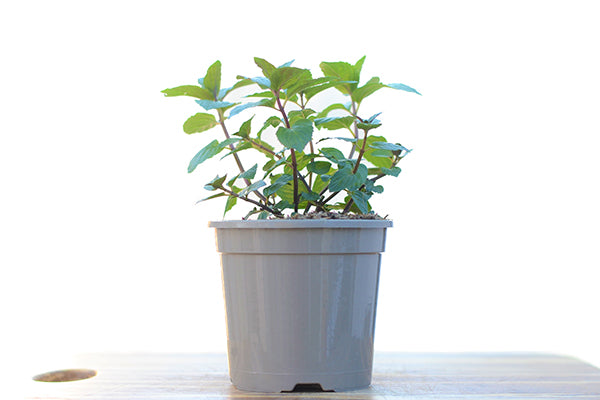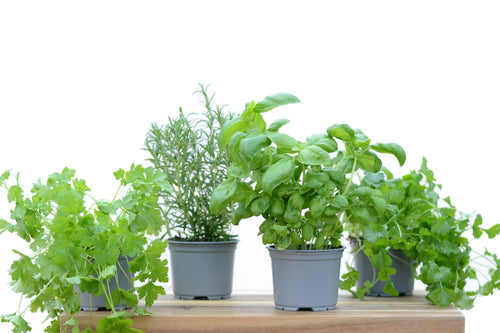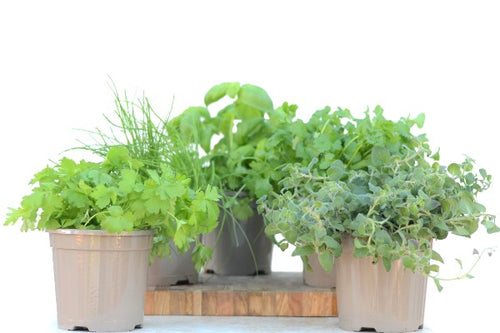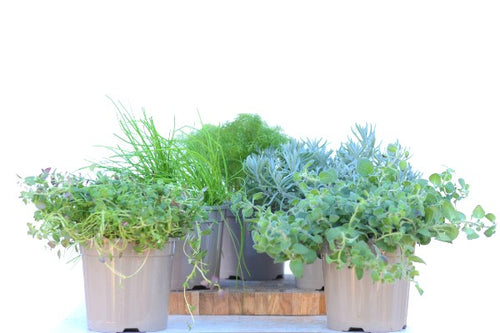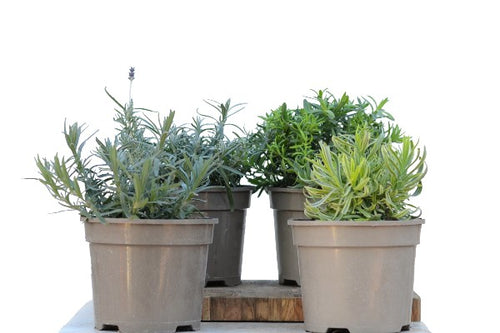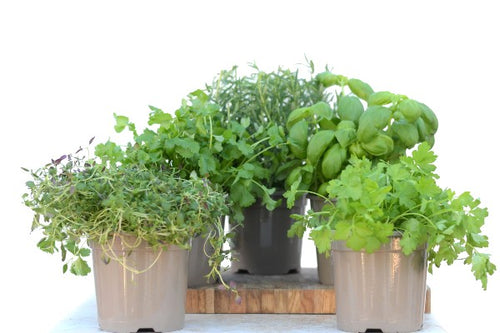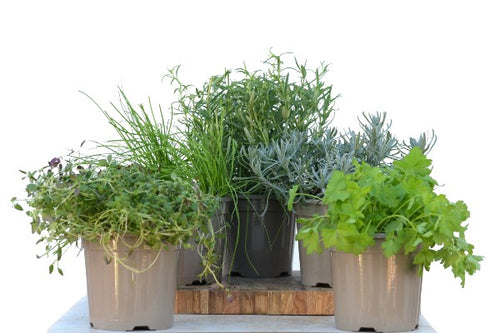Peppermint
INFORMATION
Pot Size : 1L
The peppermint plant is a versatile perennial herb, renowned for its strong, refreshing aroma and a wide range of culinary uses. With its vibrant green leaves and purplish stems, this member of the mint family enhances any garden with both its aesthetic appeal and enticing fragrance.
Hardy perennial with purply / black leaf colour and pretty pale purple flowers in summer.
ENJOY: Your peppermint plant will be great for making refreshing herbal tea.
Flowering period: July to August. Can be invasive - good for containers.
Height: 0.5 – 1 metres
Spread: 1 – 1.5 metres
Flowers: Purple
Types of mint plants
Visually, some varieties of Season mint look very similar to each other. However, they have been expertly grown to provide a unique taste and aroma for your kitchen garden. Find out more about each variety:
Peppermint
Known for its fresh peppermint flavour, this herb will fill your home or garden with an aroma that can ward off unwanted pests. The leaves have a slightly pointed shape and can be added to sweet teas or refreshing drinks.
Apple Mint
You can spot Apple Mint from its rounder leaves and slightly sweeter, less overpowering mint taste. This type doesn’t grow well in full sun or wind so is good for growing indoors or a sheltered spot in the garden.
Mint
Mint grows very fast (even in partially shady areas) and is a favourite garden herb across Britain. Pop into a large pot with good drainage and you will be treated to a plentiful crop that can be used for making ice cubes, as a garnish in drinks or as a salad ingredient.
Chocolate Mint
Smaller than other varieties, growing out rather than up with slightly darker leaves. It gets its name due to its distinctive chocolate flavour which is sometimes described as having notes of orange too.
Moroccan Mint
With more jagged edges this compact Mint has a much sweeter taste and can be used as a sugar replacement for food and drink. Great for use in sweetening teas.
Growing a peppermint plant requires a sunny or partially shaded location with moist, well-drained soil. Propagation via seed is unreliable for this variety so we recommend purchasing a new plant from us each time or using cuttings from our existing plant. Peppermint thrives with regular watering but doesn't appreciate waterlogged soil - it may cause root rot. While it's not a heavy feeder, an annual application of compost will improve its growth. Harvest leaves as needed, but for the most potent flavour, pick just before it flowers. Many people love the peppermint plant for it's purple flowers.
CARE
Soil: Well Drained
Light Conditions: Sunny
Frost Tolerance: Frost tolerant to -10
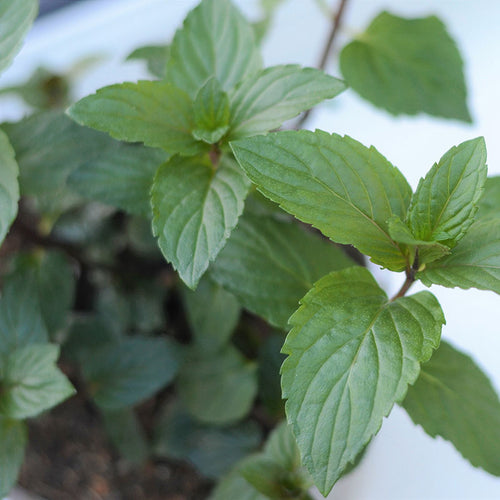
Couldn't load pickup availability


